Downsides of Prefab Houses: What are the cons of a prefab house?
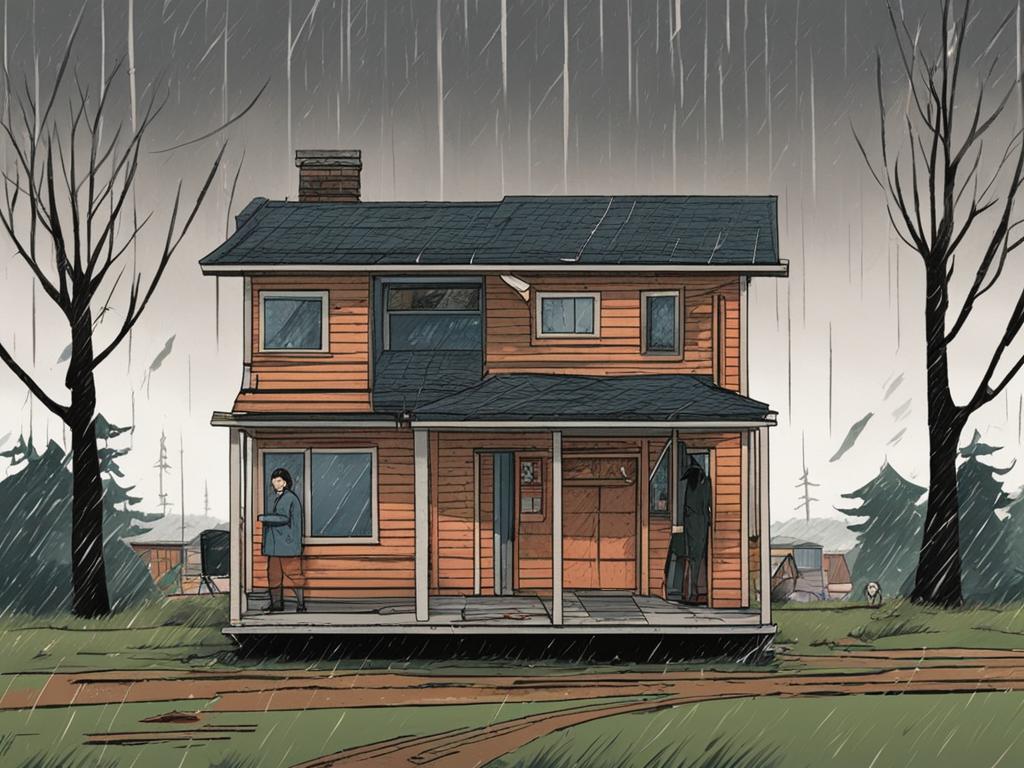
Prefabrication has gained popularity in recent years with 15,000 prefab homes being built annually. While prefab housing offers benefits such as simplicity, speed, and safety, there are several cons to consider. This guide will explore the drawbacks of prefab houses and provide insight into their disadvantages and limitations.
Key Takeaways:
- Prefab houses have downsides and limitations that should be carefully considered.
- Some of the cons include transportation costs, assembly challenges, and upfront expenses.
- Proper planning and evaluation of priorities are crucial when deciding between prefab houses and traditional stick-built houses.
- Understanding the disadvantages of prefab houses will help make an informed decision.
- It’s important to weigh the pros and cons before committing to building a prefab house.
Understanding Prefabricated Houses
Prefabricated houses, also known as prefab homes, are a popular choice for many homeowners. These houses are constructed off-site in a factory setting and then transported to the final location for assembly. Prefabrication offers several advantages, including cost-effectiveness, speed, and quality control.
There are three main types of prefab houses:
- Manufactured Homes: Manufactured homes are built in sections and brought to the site as complete units. They are typically the most affordable option and offer a wide range of design choices. This type of prefab house is regulated by the U.S. Department of Housing and Urban Development (HUD).
- Kit Homes: Kit homes are pre-designed and flat-packed for self-assembly. They often include all the necessary components for construction, along with detailed instructions. This type of prefab house allows homeowners to customize their home according to their preferences.
- Modular Homes: Modular homes are pre-assembled pieces that are put together on-site. These homes are built using multiple modules, which are transported and then attached at the final location. Modular homes offer flexibility in terms of size and design, and they can be customized to meet specific requirements.
Each type of prefab house has its own unique advantages and considerations. It’s important to assess your needs and budget before making a decision. To give you a better idea of what to expect, let’s take a closer look at each type:
Manufactured Homes
Manufactured homes are constructed using a systematic process in a factory. This ensures that the construction is precise and meets quality standards. Once completed, the manufactured home is transported to the site and placed on a foundation. These homes come in a variety of sizes and styles, making them suitable for different types of homeowners.
Kit Homes
Kit homes offer a more hands-on approach to homeownership. These homes come with all the necessary components for construction, including pre-cut materials and detailed instructions. With a kit home, homeowners can have a more active role in the building process. It’s important to have some basic construction knowledge or hire a professional to assist with the assembly.
Modular Homes
Modular homes are designed and built in individual modules or sections. Once completed, these modules are transported to the final site and assembled together. This method allows for flexibility and customization when it comes to the layout and design of the home. Modular homes are known for their durability and energy efficiency.
Understanding the different types of prefab houses can help you make an informed decision when it comes to choosing the right one for your needs. Whether you’re looking for affordability, customization options, or speedy construction, prefab houses offer a range of benefits that make them worth considering.
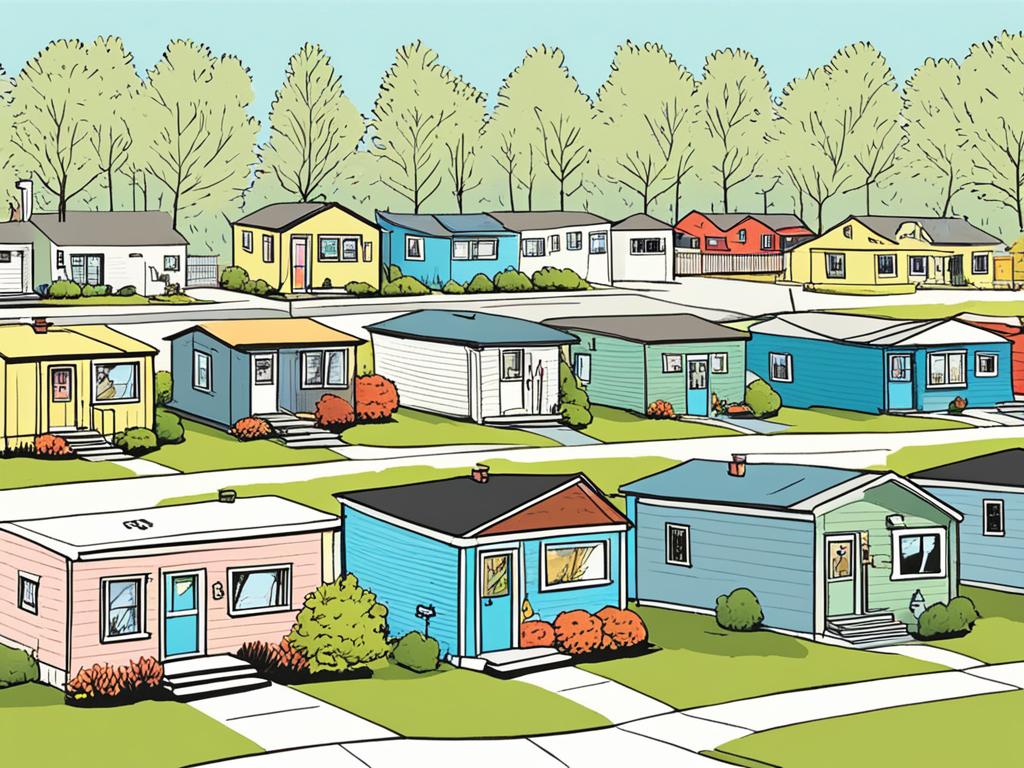
The Cost of Prefab Houses
When considering a prefab house, understanding the cost is a crucial factor. The price of a prefab house can vary depending on several factors that influence the overall cost.
One of the main factors that affect the cost of a prefab house is its size. Larger houses generally cost more than smaller ones as they require more materials. Similarly, the number of bedrooms in a prefab house can also impact the cost.
The style of the prefab house is another element that influences the price. Different architectural designs and finishes can increase the overall cost.
Labour costs are also a significant consideration when estimating the cost of a prefab house. Hiring experienced professionals for the construction process can add to the total expenses.
According to Checkatrade, a reputable source in the industry, the average cost of a three-bedroom prefab house, excluding labour costs, is around £1,750 per square metre. However, it’s essential to obtain a more accurate quote based on specific requirements. Consulting with prefab house manufacturers or builders is recommended to obtain an estimate tailored to your needs.
In addition to the initial cost, it’s important to consider other expenses associated with prefab houses. The cost of transporting the prefab house to the desired location, as well as the expenses involved in assembling it, should not be overlooked. These additional costs can significantly impact the overall budget.
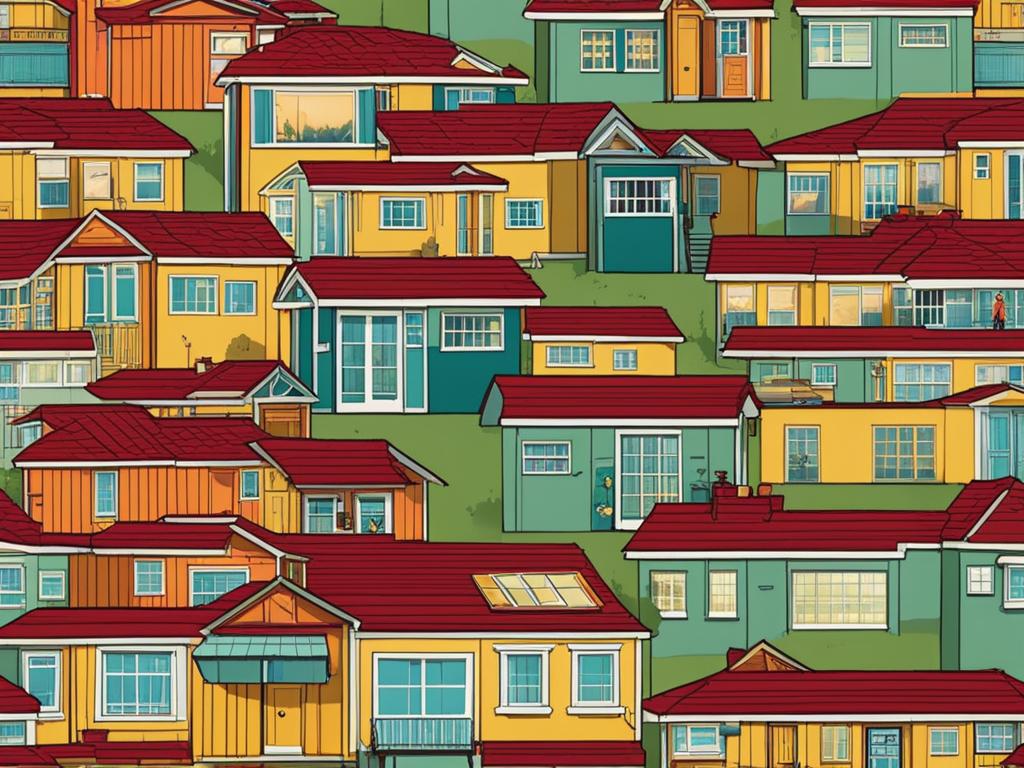
Factors Influencing Prefab House Cost:
- Size of the prefab house
- Number of bedrooms
- Style and architectural design
- Labour costs
- Cost of transporting the prefab house
- Expenses involved in assembling
By considering these factors, prospective prefab house buyers can make an informed decision about their budget and choose a prefab house that fits their needs and financial capabilities.
Advantages of Prefabricated Houses
Prefab houses offer several advantages that make them an attractive option for homeowners. From energy efficiency to fast construction and affordability, prefab houses provide a range of benefits.
1. Energy efficiency: Prefab houses are designed with energy efficiency in mind. They are constructed with airtightness to minimize energy loss, resulting in lower energy bills and a reduced carbon footprint.
2. Fast construction: One of the key advantages of prefab houses is their fast construction. Unlike traditional houses that can take months or even years to build, prefab houses can be assembled in as little as one week. This accelerated construction process saves time and allows homeowners to move into their new homes quickly.
3. Affordability: Prefab houses are more affordable compared to traditional houses. The reduced labor and material costs associated with factory production make prefab houses a cost-effective option for those looking to build a new home on a budget.
4. Sustainability: Prefab houses are built in a factory setting, which results in less waste compared to on-site construction. The controlled environment of the factory also allows for more precise material usage. This sustainable approach to construction reduces the overall environmental impact of the building process.
To further illustrate the benefits of prefab houses, take a look at the image below:
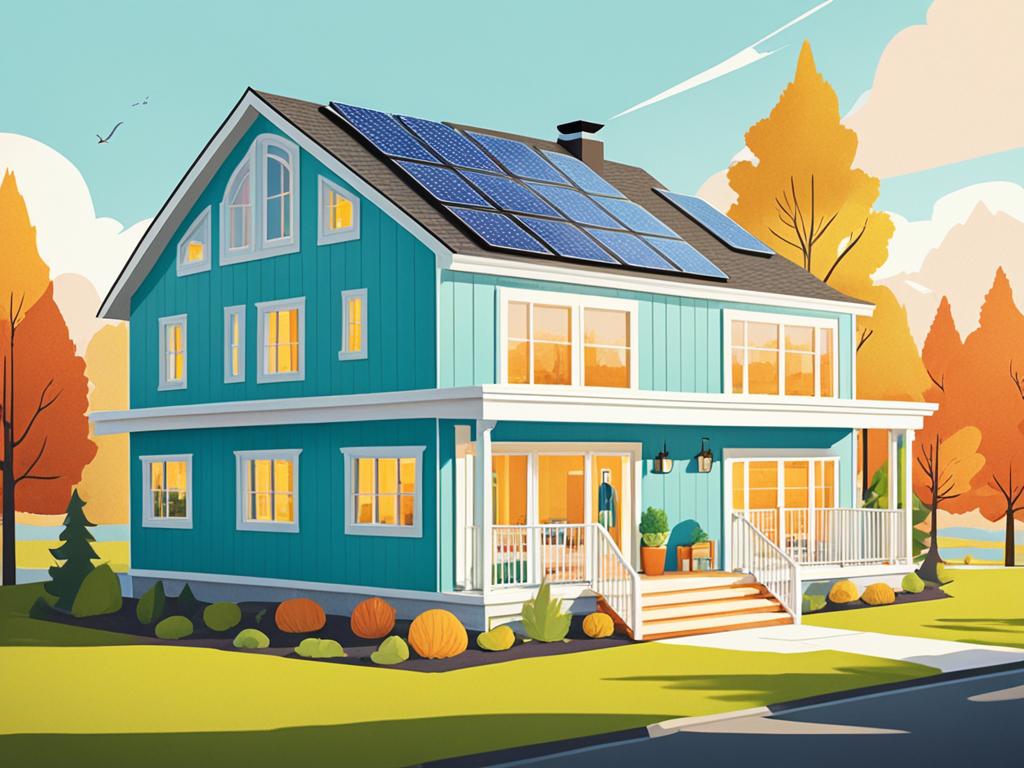
As you can see, prefab houses offer energy efficiency, fast construction, affordability, and sustainability, making them an attractive option for those looking to build their dream home.
Disadvantages of Prefabricated Houses
Prefab houses have a few disadvantages to consider. While they offer numerous benefits, such as simplicity, speed, and safety, there are certain challenges that one should be aware of before making a decision. Understanding these drawbacks will help you make an informed choice when considering a prefab house.
1. Transportation Costs
Transportation costs can be a significant consideration when it comes to prefab houses. Especially for larger parts and when building in rural areas, the expenses associated with transporting the prefab components can add up quickly. It’s important to budget for these costs and factor them into your overall budget and planning.
2. Assembly Challenges
Proper assembly is essential for prefab houses, and it can present some challenges. It requires the expertise of a knowledgeable contractor to ensure that the components are correctly assembled, avoiding costly mistakes. Hiring an experienced professional who has specific experience with prefab construction is crucial to guarantee a successful and stress-free process.
3. Upfront Costs
When it comes to upfront costs, prefab houses may require careful financial planning. Unlike traditional stick-built homes, where expenses are gradually incurred during construction, prefab houses often require paying for the entire home upfront or in multiple instalments. This can be a significant upfront investment that needs to be considered and accounted for before moving into or selling the prefab house.
Additionally, it’s important to factor in utility hook-ups and other hidden costs that may arise during the process of building a prefab house. These costs may include permits, site preparation, foundation work, and landscaping, among others.
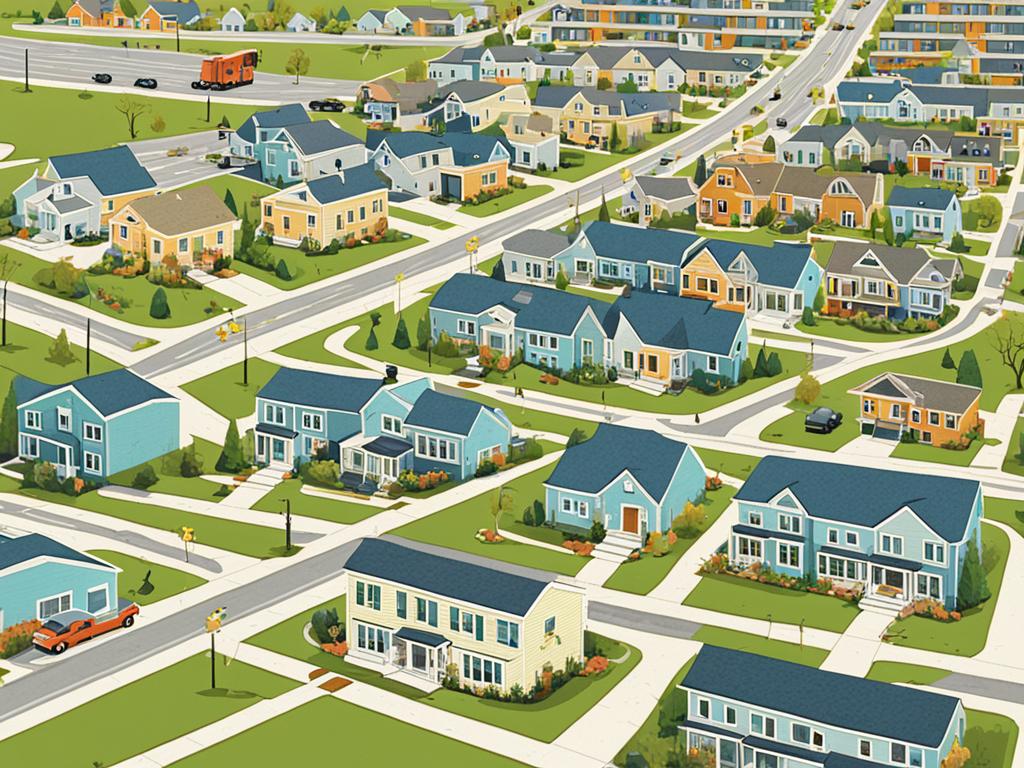
Considerations when Building a Prefab House
Building a prefab house requires careful consideration. There are several key factors to keep in mind throughout the process including:
1. Land Purchase for Prefab House
In order to build a prefab house, you will need to purchase a piece of land that is suitable for construction. Take into account the location, size, and accessibility of the land. Consider whether the land meets your needs in terms of amenities, proximity to schools or workplaces, and overall suitability for your lifestyle.
2. Zoning Restrictions for Prefab Houses
Before proceeding with the construction of a prefab house, it is important to check local zoning regulations and restrictions. Ensure that prefab houses are permitted in the area where you plan to build. Local authorities may have specific guidelines and restrictions related to construction materials, building size, or architectural designs. Make sure to adhere to these regulations to avoid any legal issues in the future.
3. Financing Options for Prefab Houses
Exploring financing options is an essential step when building a prefab house. Consider different financing methods such as construction loans, mortgages, or personal loans to cover both the upfront costs and ongoing payments. Research and compare interest rates, payment terms, and eligibility criteria offered by various financial institutions. This will help you determine the best approach and ensure a smooth financial process.

By considering these important aspects of building a prefab house – land purchase, zoning restrictions, and financing options – you will be well-prepared and equipped to make informed decisions throughout the construction process.
Making an Informed Decision
When it comes to choosing between a prefab house and a traditional stick-built house, it’s essential to consider the pros and cons of each option. This decision is not one to be taken lightly, as it will impact your future home and lifestyle. By carefully weighing the advantages and disadvantages, you can make an informed choice that aligns with your priorities and preferences.
Pros and Cons of Prefab Houses
Prefab houses offer several significant advantages that make them an attractive option for many homeowners. One of the notable benefits is affordability. Prefab houses are generally more cost-effective compared to traditional houses, mainly due to reduced labor and material costs. Additionally, the construction process is faster, allowing for quicker occupancy and potentially saving money on temporary housing during construction.
Energy efficiency is another advantage of prefab houses. They are designed with airtightness to minimize energy loss, resulting in lower energy bills and a smaller carbon footprint. The factory-controlled construction process also allows for tighter quality control, ensuring that the house is well-insulated and energy-efficient.
However, it’s important to consider the potential drawbacks of prefab houses as well. Transportation costs can be a significant factor, especially for larger parts or when building in remote areas. Proper assembly is crucial and may require hiring a knowledgeable contractor, which can incur additional costs. It’s also important to note that upfront expenses for a prefab house may be higher, as the cost of the home must be paid in installments before moving in or selling.
Choosing Between Prefab and Traditional Houses
When making a decision between prefab and traditional houses, there are several factors to consider in addition to the pros and cons. Affordability, construction speed, energy efficiency, customization options, and long-term livability are all vital considerations. Take the time to thoroughly assess your needs, preferences, and budget to determine which option is the best fit.
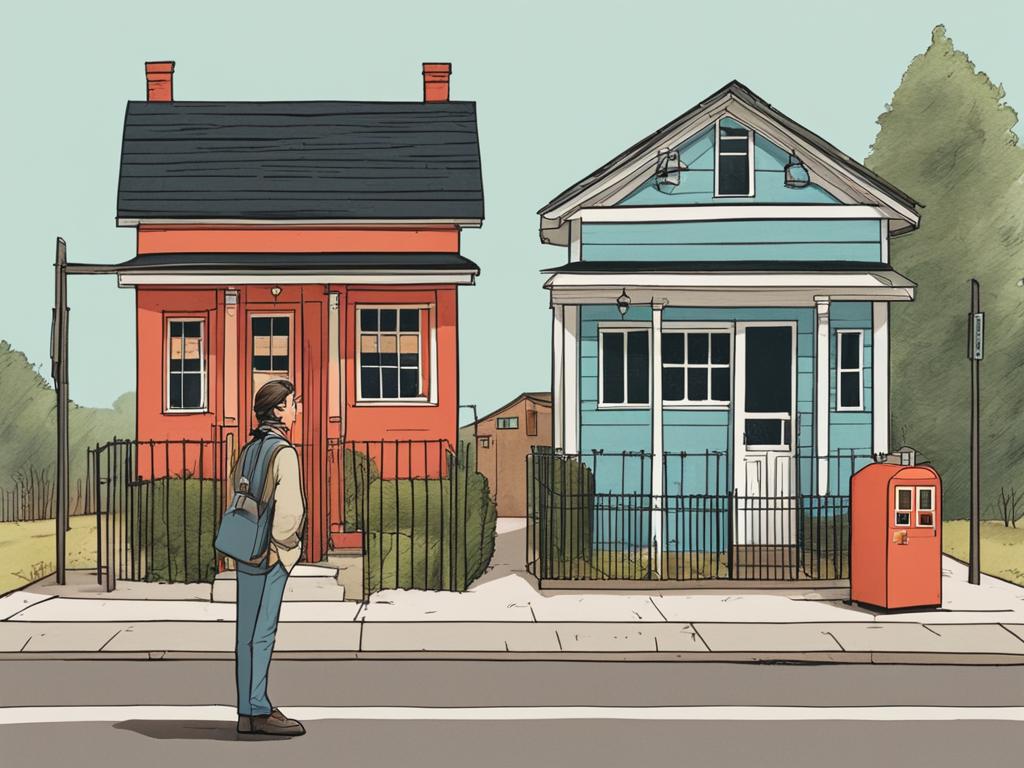
Ultimately, the decision between a prefab house and a traditional stick-built house depends on your unique circumstances and priorities. Both options have their merits and drawbacks. By evaluating the pros and cons and considering your specific requirements, you can make an informed decision that ensures a comfortable and fulfilling living experience in your new home.
Conclusion
In conclusion, prefab houses offer a unique alternative to traditional stick-built houses. They provide notable advantages such as energy efficiency, affordability, and faster construction. The ability to customise and personalise prefab homes also adds to their appeal.
However, it is essential to consider the potential challenges associated with prefab houses. Transportation costs can significantly impact the overall budget, especially when building in rural areas. The proper assembly of prefab homes requires the expertise of knowledgeable contractors to avoid costly mistakes.
Prospective homeowners should carefully evaluate their priorities and consider the long-term implications before deciding to build a prefab house. While prefab houses can offer significant benefits, it is important to weigh them against the potential drawbacks. By doing so, individuals can make an informed decision that aligns with their needs and aspirations.
FAQ
What are the cons of a prefab house?
There are several drawbacks to consider when it comes to prefab houses. These include transportation costs, assembly requirements, and upfront expenses.
What are the types of prefabricated houses?
There are three main types of prefab houses: manufactured, kit, and modular. Manufactured homes are built in sections and brought to the site as complete units. Kit homes are pre-designed and flat-packed for self-assembly. Modular homes are pre-assembled pieces that are put together on-site.
How much does a prefab house cost?
The cost of a prefab house depends on various factors such as size, number of bedrooms, style, and labor costs. According to Checkatrade, a three-bedroom prefab house without labor costs can cost around £1,750 per square meter. However, it’s important to obtain a more accurate quote based on specific requirements.
What are the advantages of prefab houses?
Prefab houses offer several advantages. They are energy efficient, constructed with airtightness to minimize energy loss. The construction process is faster than traditional houses, with some prefab houses being built in as little as one week. Prefab houses are also more affordable due to reduced labor and material costs. Additionally, prefab houses are built in a factory setting, resulting in less waste and a more sustainable approach to construction.
What are the disadvantages of prefab houses?
Prefab houses have a few disadvantages to consider. Transportation costs can be expensive, especially for larger parts and when building in rural areas. Proper assembly is crucial, requiring a knowledgeable contractor to avoid costly mistakes. Upfront costs can be higher as the cost of the home must be paid in installments before moving in or selling. Utility hook-ups and other hidden costs should also be taken into account.
What should I consider when building a prefab house?
Building a prefab house requires careful consideration. You will need to purchase the land to build the prefab house and ensure that it is suitable for construction. Zoning restrictions should be checked to ensure that prefab houses are allowed in the area. Financing options should be explored to determine the best approach for upfront costs and construction loans.
How do I make an informed decision when choosing between a prefab house and a traditional house?
When deciding between a prefab house and a traditional stick-built house, it is important to weigh the pros and cons. Consider factors such as affordability, construction speed, energy efficiency, customization options, and long-term livability. Understanding the advantages and disadvantages of prefab houses will help make an informed decision.

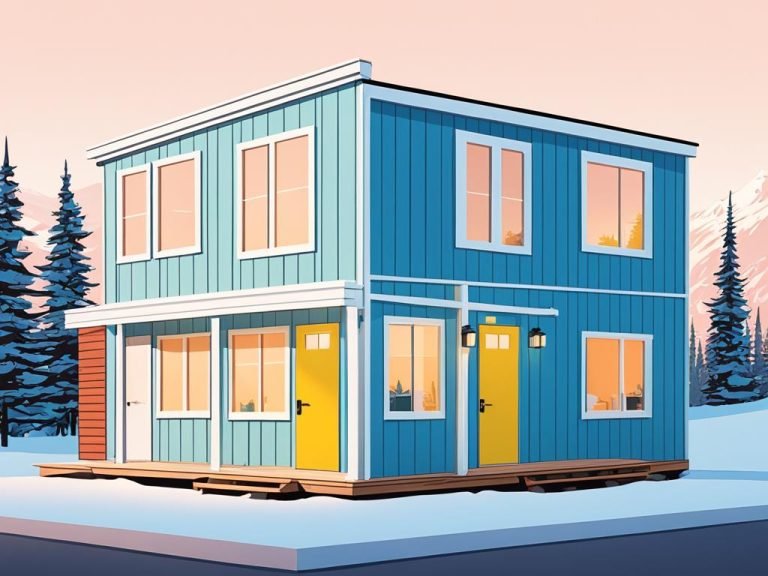
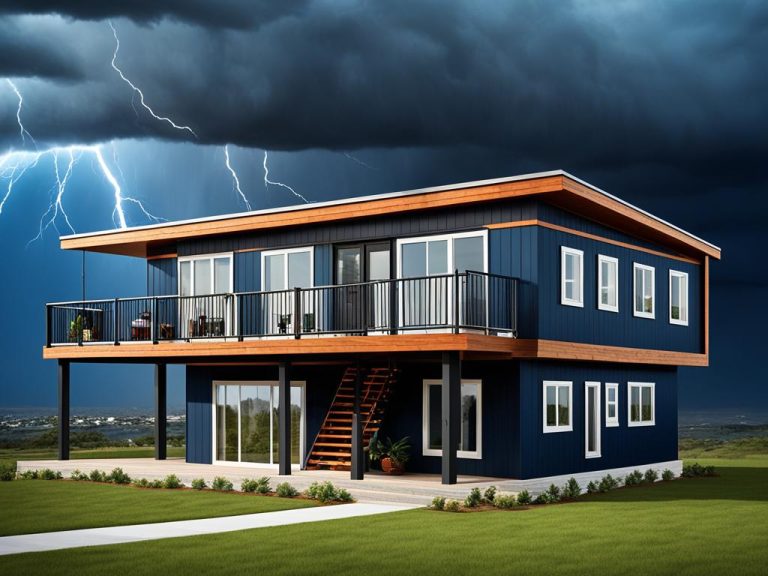
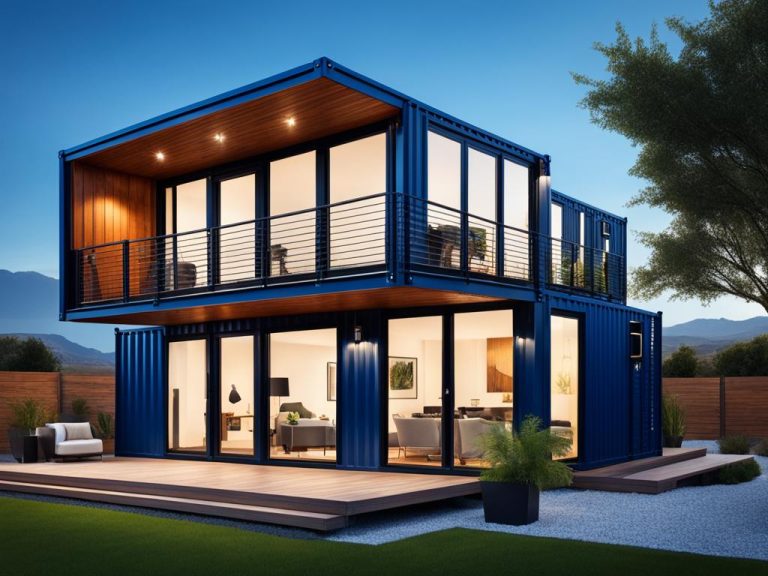

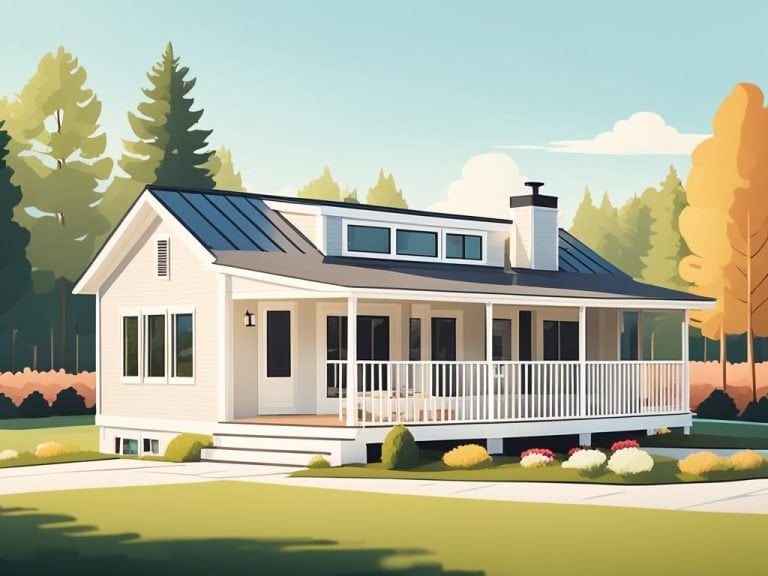
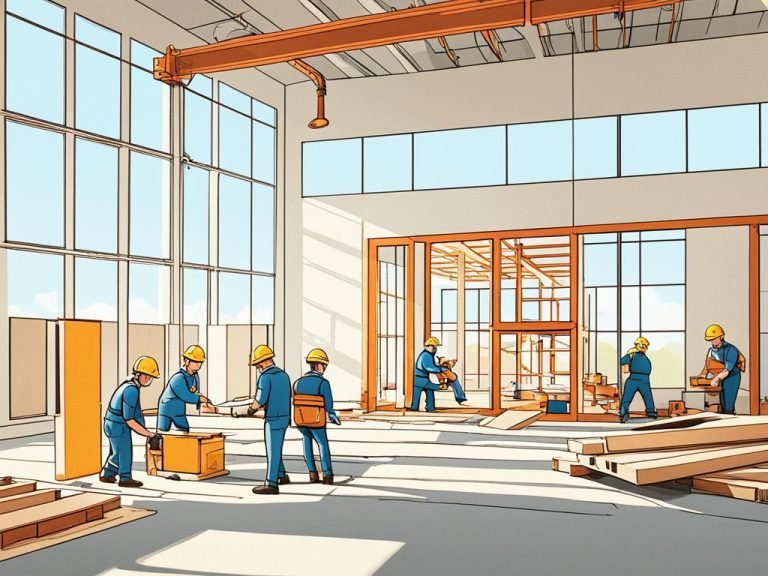
Your point of view caught my eye and was very interesting. Thanks. I have a question for you.